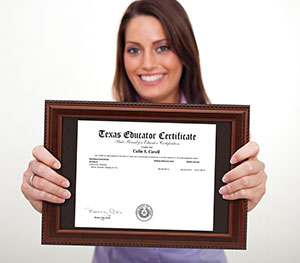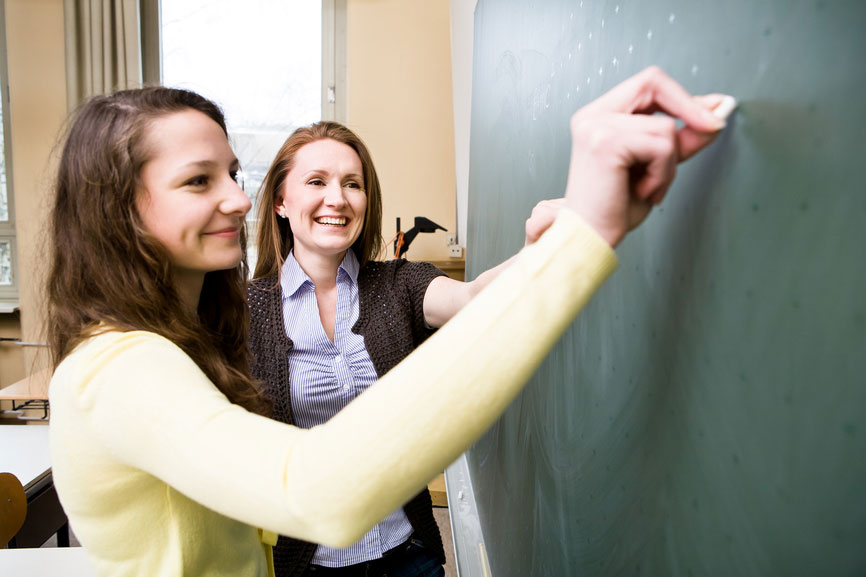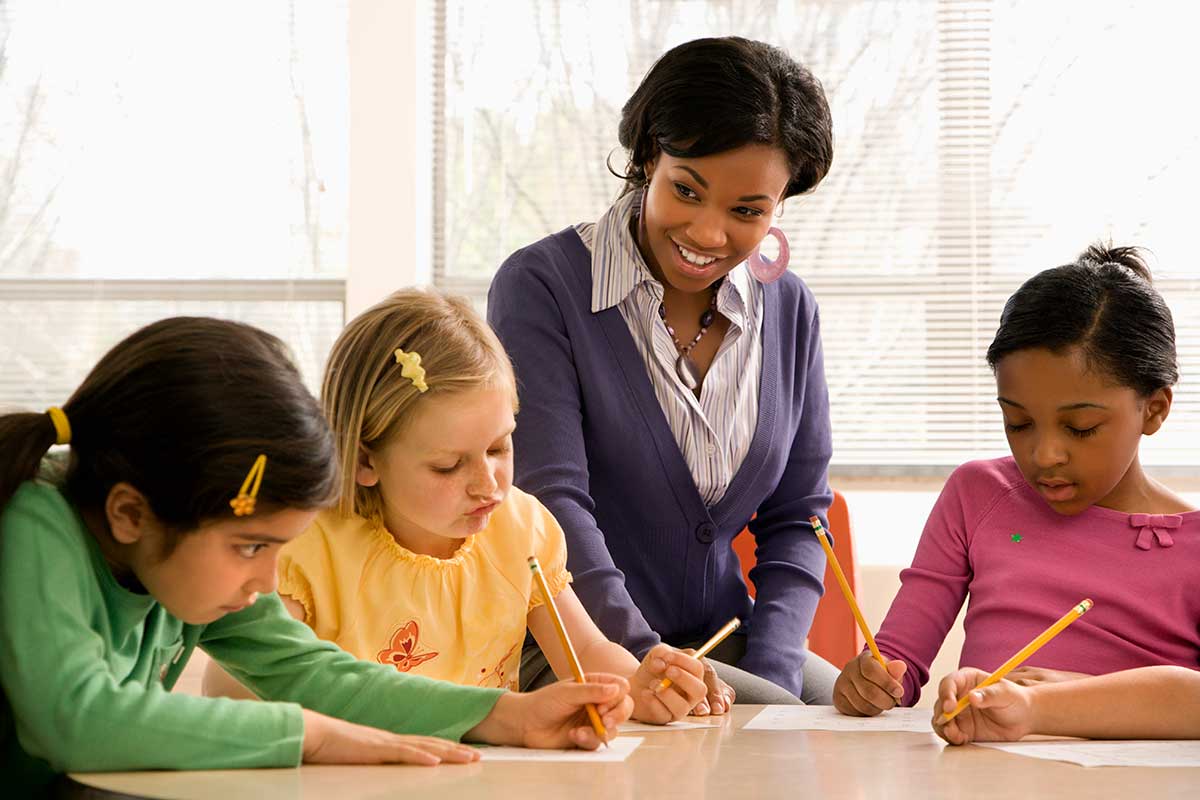School Safety
There is no greater challenge for educators today than creating a safe learning environment for all students. School safety is an issue that is receiving increased attention that is well deserved. In an ideal world, each student and staff member would be protected from a disruptive student, angry intruder or violent terrorist. Unfortunately, the reality is that there are an unlimited number of crisis that can occur which makes it virtually impossible to prepare for every possible instance. However, schools armed with the simple knowledge of these crisis possibilities can become better aware and prepared.
What is a school crisis?
A school crisis is any event that significantly interrupts or alters a normal school day. School crises are categorized into five categories: natural, medical, mechanical, situational or manmade. Examples of each are listed below.
1. Natural
- Severe weather
- Thunderstorms
- Floods
- Tornadoes
- Hurricanes
- Earthquakes
2. Medical
- School bus accident
- Injuries occurring on campus
- Outbreak of contagious disease (Hepatitis, Meningitis, etc.)
3. Mechanical
- Electrical power failure
- Explosions (boiler rooms, science labs, chemical storage, etc.)
4. Situational
- Fire on campus / building damage
- Toxic chemical spill
- School evacuations
- Student or teacher death
5. Manmade
- Suicide, attempted suicide, or threat of suicide
- Crimes on campus (robbery, assault, rape, gang violence, etc.)
- Terrorist activities (bomb threats, hostage situations, shootings)
- Drive-by-shooting or other multiple victim violence
- Campus intruder (trespassers, deranged persons, gunman, etc.)
- Racial tensions (hate crimes, harassment, teasing, bullying)
- Protest / riot
- Athletic rivalry
- Community unrest
School safety plans are developed to create an awareness of these and other disaster that can occur and to prepare the staff and students for such an event.
What is a safe school?
A safe school is an environment where the teachers can teach and the students can learn without the fear of violence or intimidation. It is a welcoming environment that encourages the spirit of acceptance and concern for all students. A safe school clearly communicates behavior expectations, enforces theses expectations consistently, and applies them fairly to everyone. A safe school is also one that is prepared to respond to the unthinkable crisis. School safety is given priority in all extracurricular activities, on campus functions, as well as every normal school day.
School safety needs of our students are not unlike the same needs we would identify as parents, caregivers or community members. There are no rules that state directives for creating a safe school. The only limits to creating a safe school are limits in imagination and resources. Unlimited options are available to create a school safety plan based on what the needs and circumstances of your local school and community. The success of any school safety strategy depends on a few key-supporting actions:
- School safety is formally placed on the educational agenda.
- A comprehensive safe school program is established that responds to the needs of the local community.
- Creating clear behavior standards and opportunities for student involvement.
- Providing adequate adult presence and supervision.
- Securing the campus.
- Creating school safety partnerships.
- Believing that you can make a difference in the safety of your school.
School safety is a necessity in providing students an environment to develop their skills as successful, socially responsible citizens. Most of the suggestions mentioned above cost little or no money but are an invaluable investment for your school.










